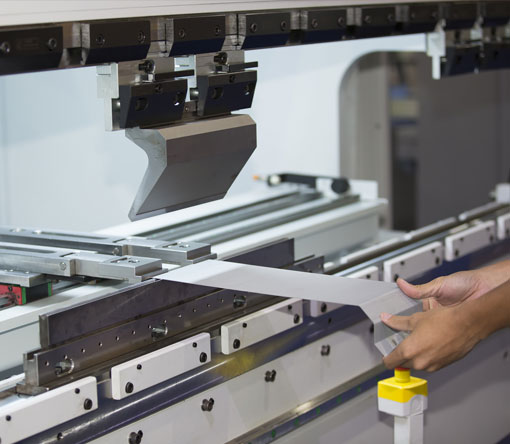Introduction
San Diego, California, is a city known for its beautiful beaches, vibrant culture, and thriving business scene. Among the many industries that contribute to the city's growth and development is the residential sheet metal fabrication sector. This blog post will explore the art of residential sheet metal fabrication in San Diego, CA, and provide a comprehensive guide for homeowners and contractors alike. We will discuss the various uses of sheet metal in residential applications, the fabrication process, and tips for working with a local sheet metal fabricator. So, let's dive in and learn more about this fascinating industry.
The Versatility of Sheet Metal in Residential Applications
Sheet metal is a versatile material that can be used in a wide range of residential applications. Some common uses for sheet metal in homes include:
1. Roofing:Sheet metal is a popular choice for roofing materials, especially in San Diego, where the climate is ideal for metal roofs. They are durable, lightweight, and energy-efficient, making them a great option for homeowners looking to save on energy costs and reduce their environmental impact.
2. Siding:Sheet metal can also be used as siding for homes, providing a modern and sleek appearance. Metal siding is low-maintenance, fire-resistant, and can withstand harsh weather conditions, making it a popular choice for San Diego homeowners.
3. Gutters and downspouts:Sheet metal is often used to create custom gutters and downspouts to help manage rainwater and protect homes from water damage.
4. HVAC ductwork:Sheet metal is the go-to material for creating custom ductwork for heating, ventilation, and air conditioning (HVAC) systems.
5. Custom furnishings and décor:Sheet metal can be used to create unique, custom furnishings and décor items, such as light fixtures, range hoods, and decorative wall panels.
The Sheet Metal Fabrication Process
The process of sheet metal fabrication involves several steps, including cutting, forming, and assembling the metal into the desired shape and size. Here's a closer look at each step:
1. Design:The first step in the fabrication process is to create a detailed design of the finished product. This may involve working with an architect, engineer, or designer to ensure the final product meets the desired specifications and adheres to local building codes.
2. Cutting:Once the design is finalized, the sheet metal is cut into the required shapes using specialized tools and machinery, such as laser cutters, plasma cutters, or waterjet cutters.
3. Forming:After the metal has been cut, it is then formed into the desired shape using various techniques, such as bending, rolling, or stamping. This process may also involve the use of specialized machinery, such as press brakes or roll forming machines.
4. Assembling:The final step in the fabrication process is assembling the various components of the finished product. This may involve welding, riveting, or bolting the pieces together, depending on the specific application and design requirements.
Tips for Working with a Local Sheet Metal Fabricator
If you're considering incorporating sheet metal into your residential project, here are some tips for working with a local sheet metal fabricator in San Diego, CA:
1. Do your research:Before choosing a fabricator, take the time to research several companies in the area. Look for fabricators with a solid reputation, a portfolio of completed projects, and positive customer reviews.
2. Request a quote:Once you've narrowed down your options, request a quote from each fabricator. Be sure to provide detailed information about your project, including dimensions, materials, and any specific design requirements. This will help ensure you receive an accurate estimate and can compare pricing between fabricators.
3. Ask about lead times:Inquire about the fabricator's lead times for completing your project. This information is crucial for planning and scheduling your project, especially if you're working with tight deadlines.
4. Verify certifications and licenses:Ensure that the fabricator holds any necessary certifications and licenses required for your specific project. This may include certifications from organizations such as the American Institute of Steel Construction (AISC) or the American Welding Society (AWS).
5. Communicate your expectations:Clearly communicate your expectations for the finished product, including any specific design elements, materials, or finishes you desire. This will help ensure that the fabricator understands your vision and can deliver a product that meets your expectations.
Final Thoughts
Residential sheet metal fabrication is an art that requires skill, precision, and creativity. By understanding the various applications for sheet metal in residential projects, the fabrication process, and how to work with a local fabricator, homeowners and contractors in San Diego, CA, can make informed decisions when incorporating sheet metal into their projects. With its versatility, durability, and aesthetic appeal, sheet metal is an excellent choice for a wide range of residential applications.
residential sheet metal fabrication san diego ca













